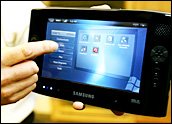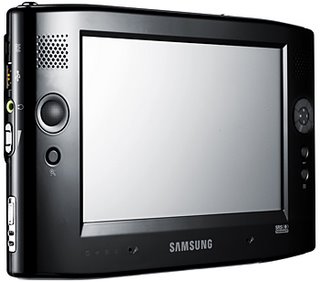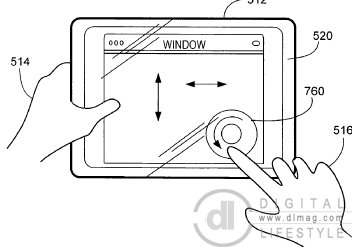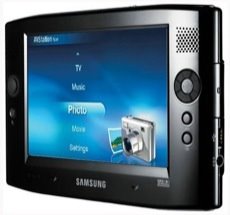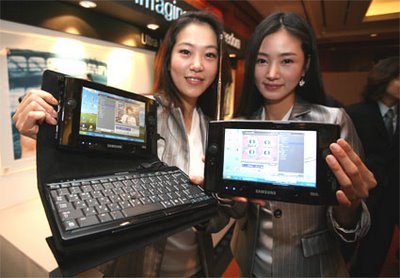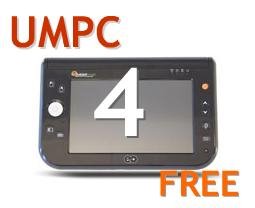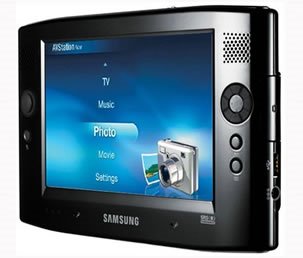TabletKiosk UMPC Shipping Delayed
 As one of the very first UMPC models available, the TabletKiosk eo v7110 is a hot commodity. However it seems that some pre-ordered units will be shipping late. TabletKiosk has made a clear statement regarding the issue and how the situation is being handled:
As one of the very first UMPC models available, the TabletKiosk eo v7110 is a hot commodity. However it seems that some pre-ordered units will be shipping late. TabletKiosk has made a clear statement regarding the issue and how the situation is being handled:"At TabletKiosk, our primary goal is to provide outstanding products and superior service that "exceeds our customers' computing expectations." Guided by this philosophy, we take great effort to ensure that our machines perform exactly as they are promoted.
As the end of April rapidly approaches, we find ourselves in the position of having to balance our commitment to quality with the expectation of a timely product delivery. After the process of quality control was completed on the first eo production units, it was determined that there was an issue in the tooling of the back panel that affected the operation of the system fan. Because of this problem, the back panel had to undergo a slight redesign and thus the initial shipment is going to be only a fraction of what we had anticipated."
This is surely a tough situation for both the customers who are anxiously awaiting for their eo v7110 UMPCs to arrive and TabletKiosk. Despite this, we applaud TabletKiosk for taking an initiative to resolve an obvious hardware issue, rather than dismissing it as a first generation problem.
TalbetKiosk further states that the majority of orders will be available to ship by the beginning of June.

